RBI unlikely to go for immediate rate cut, despite inflation likely to cool: Ind-Ra
While inflation and weak industrial activity weigh on the economy, there are positive signs in rural demand, driven by improved real wages for rural labourers in July and August 2024, and above-normal rainfall in most of the country. These factors are expected to boost consumption demand.
)
In a cautious outlook for the upcoming fiscal year, India Ratings and Research (Ind-Ra) projects a decline in inflation for FY25, yet it emphasizes that immediate rate cuts from the Reserve Bank of India (RBI) are unlikely.
According to Ind-Ra, the persistent pressure of elevated food prices continues to drive inflation, suggesting that any potential reduction in interest rates will hinge on evidence of stable inflation trends nearing the RBI's target of 4 percent. As such, market participants may need to brace for a prolonged period without rate cuts in the near future.
While inflation and weak industrial activity weigh on the economy, there are positive signs in rural demand, driven by improved real wages for rural labourers in July and August 2024, and above-normal rainfall in most of the country. These factors are expected to boost consumption demand.
Devendra Kumar Pant, Chief Economist at Ind-Ra, said, "The slow growth of net taxes in 1QFY25 coupled with sticky inflation is a major challenge being faced by the Indian Economy in FY25. Rising real wages have the ability to increase consumption demand led economic growth. The situation is still evolving, and festive sales is a key monitorable for a growth revision in FY25."
Above-normal monsoon rainfall in 2024 has improved water reservoir levels, which could boost agriculture. However, weak industrial growth and declining net taxes--reaching a 16-quarter low--continue to weigh on the economy.
Actions by major economies also impact India's outlook. The US Federal Reserve's interest rate cuts and China's economic stimulus provide some relief, though tensions in West Asia could add uncertainty.
Despite recent volatility, Ind-Ra believes India's economy has demonstrated an ability to withstand shocks. Data shows that India has reached an average GDP growth above 7 per cent eleven times on a three-year average basis, with five instances since FY16, underscoring the economy's potential for high growth, albeit with intermittent slowdowns.
Manufacturing remains sluggish, with a growth rate of just 3.6 per cent for the first five months of FY25, the slowest in four years. Ind-Ra attributes this to uneven income growth, which has dampened consumer demand for certain goods.
However, positive wage growth is expected to narrow this gap between durable and non-durable consumer goods demand. A decrease in global demand has weakened India's goods exports, while imports have continued to rise.
This has led to a widening trade deficit, though strong services exports and remittances are expected to keep the current account deficit manageable. Ind-Ra projects a current account deficit of 1.0 per cent of GDP for FY25.
With improved capital inflows and India's inclusion in global bond indices, forex reserves are likely to increase. The rupee is expected to average 84.08/USD in FY25, depreciating at a slower rate than in recent years.
Overall, while there are challenges to sustaining high GDP growth, India's economic fundamentals and resilience to shocks provide a foundation for potential recovery, with improvements in wages, agriculture, and services expected to support growth. (ANI)
Get Latest Business News, Stock Market Updates and Videos; Check your tax outgo through Income Tax Calculator and save money through our Personal Finance coverage. Check Business Breaking News Live on Zee Business Twitter and Facebook. Subscribe on YouTube.
RECOMMENDED STORIES

Retirement Planning: How Rs 8,00,000 one-time investment can create Rs 2,40,00,000 retirement corpus? See calculations to know
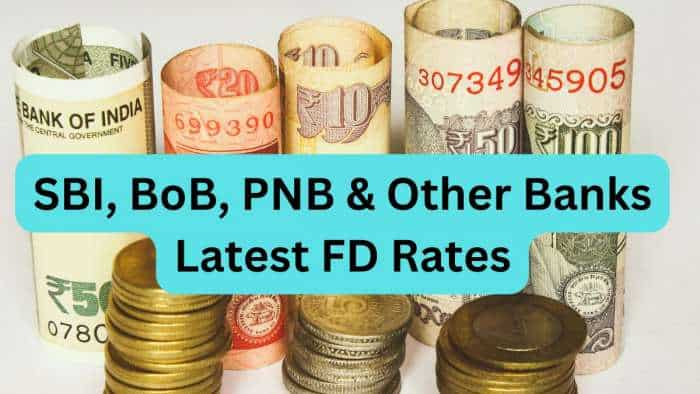
Highest FD Rates: This is what banks like SBI, BoB, PNB, Canara Bank, ICICI Bank and HDFC Bank are providing on Rs 2 lakh investment
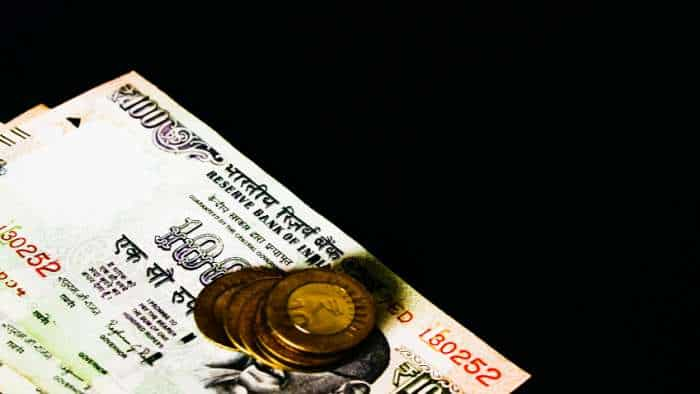
Rs 500 Daily SIP vs Rs 15,000 Monthly SIP: Which can give higher returns in 10, 20, and 30 years? See details

Retirement Planning through NPS: Want Rs 2,00,000 monthly pension from Rs 5,000 starting monthly contribution? Know how it can be achieved

Power of Compounding: How soon can you build Rs 1.5 crore corpus with monthly investments of Rs 1,500, Rs 2,500, and Rs 3,500?

Delhi Elections 2025: Voting begins at this hour on February 5, here's where to track latest information online
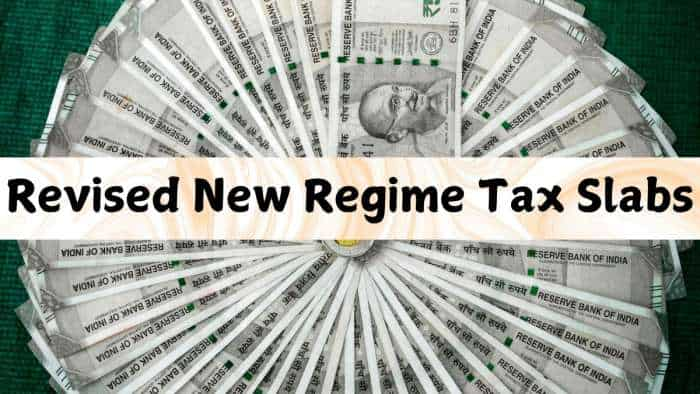
Revised Tax Slabs: Annual Income Rs 12,75,001? Will you be taxed on Re 1 or Rs 12,75,001? Know what CAs say

Power of Rs 9,000 SIP: How can you generate Rs 10 crore corpus with just Rs 9,000 monthly investment?
03:44 PM IST






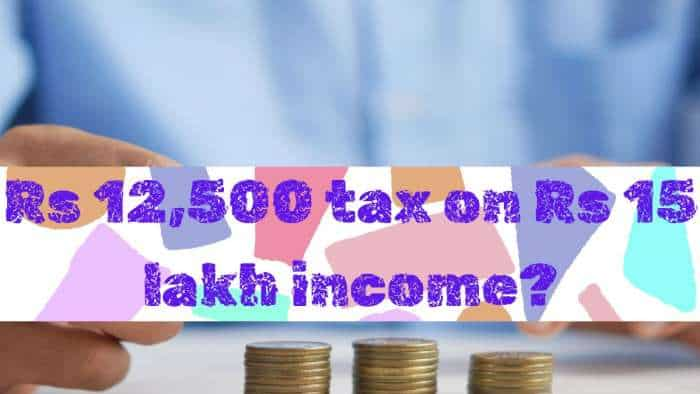
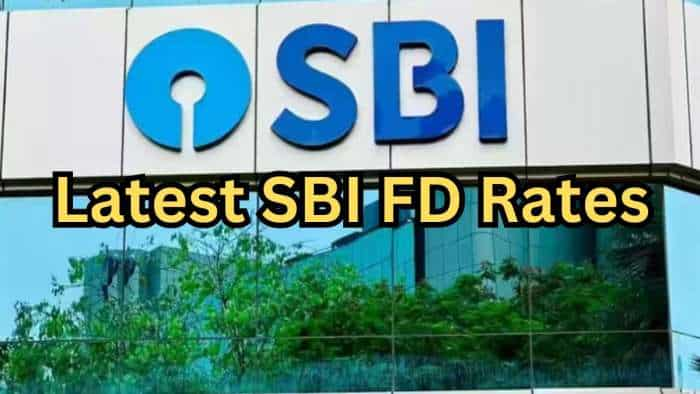
 Makar Sankranti Bank Holiday: Will banks be closed in your city on Makar Sankranti? Check RBI's holiday calendar
Makar Sankranti Bank Holiday: Will banks be closed in your city on Makar Sankranti? Check RBI's holiday calendar High employee attrition of 25% in private banks pose operational risk: RBI Report
High employee attrition of 25% in private banks pose operational risk: RBI Report SBI writes to RBI to consider non-financial transactions as well for tagging an account as operative
SBI writes to RBI to consider non-financial transactions as well for tagging an account as operative Banks should adopt 'bottom-up' approach for preparing credit plan: RBI's Swaminathan
Banks should adopt 'bottom-up' approach for preparing credit plan: RBI's Swaminathan RBI lifts restrictions on Sachin Bansal's Navi Finserv
RBI lifts restrictions on Sachin Bansal's Navi Finserv